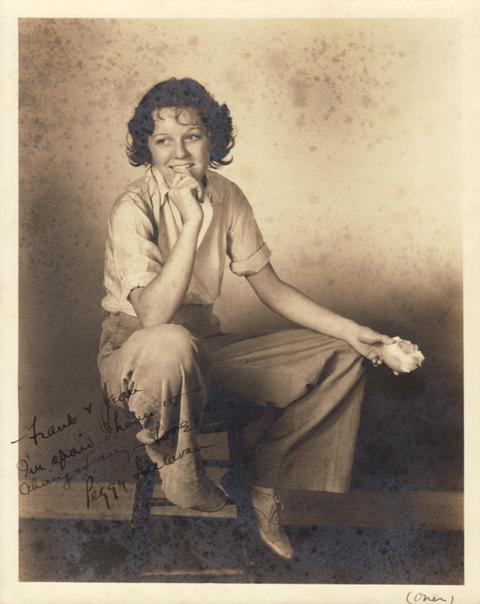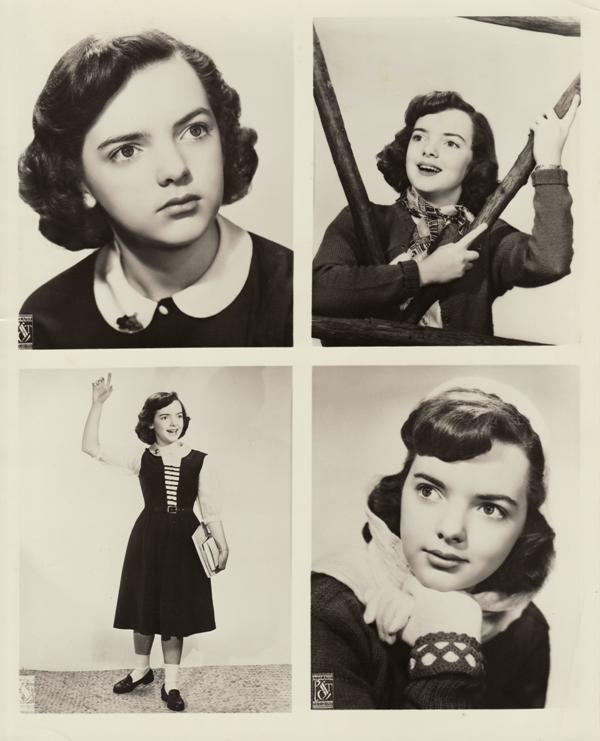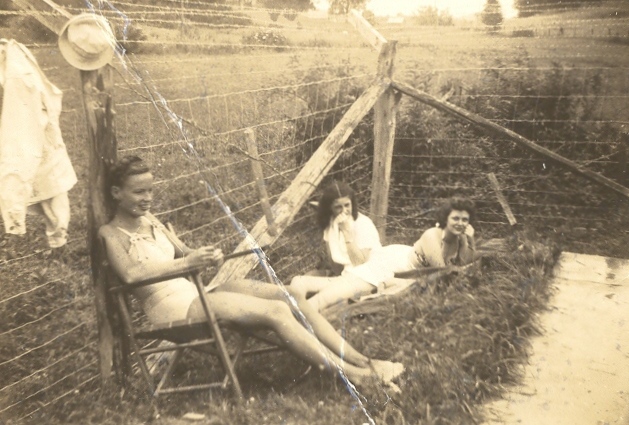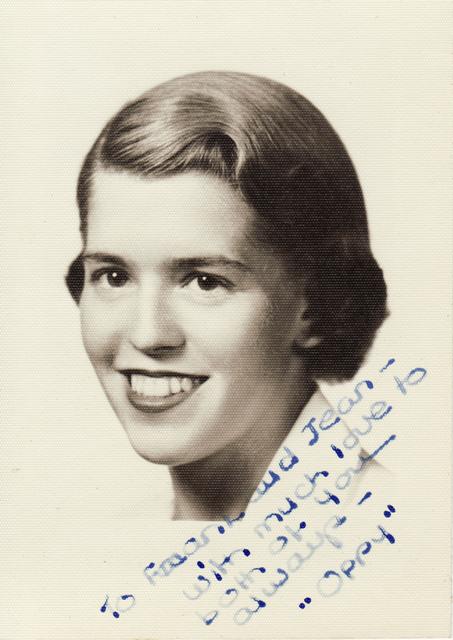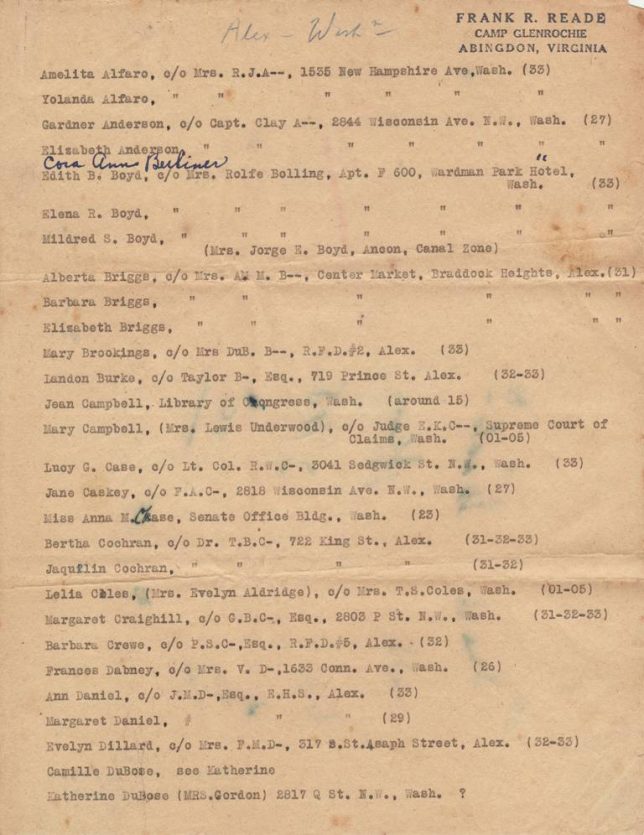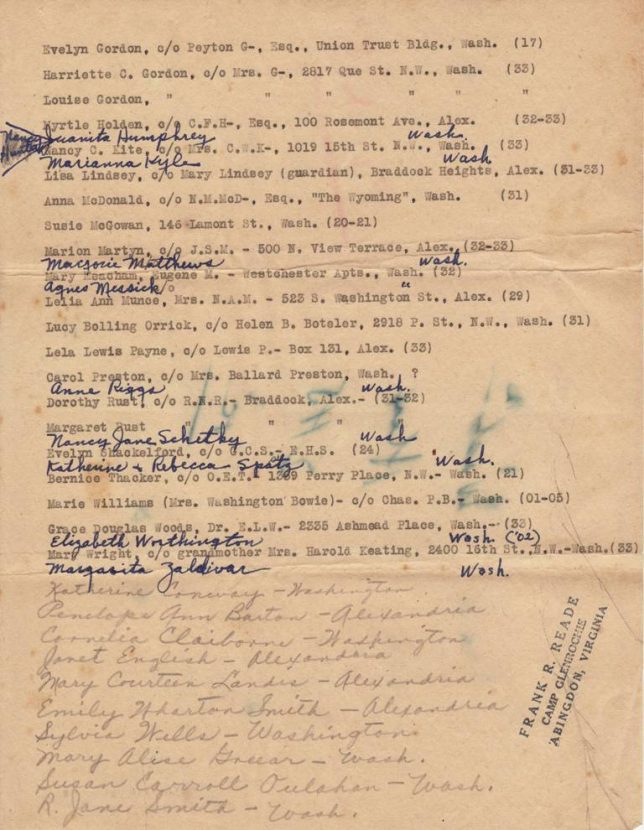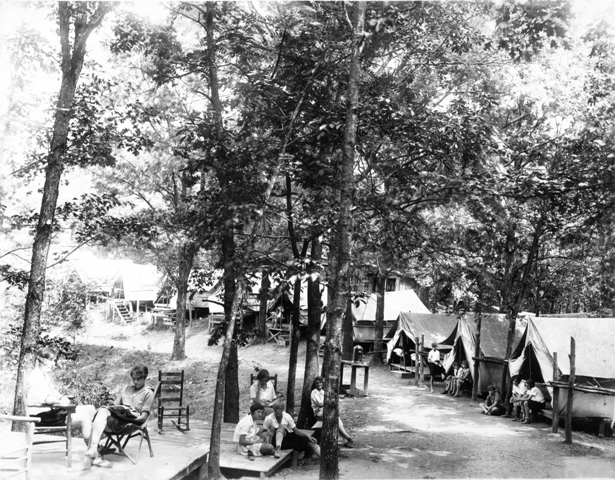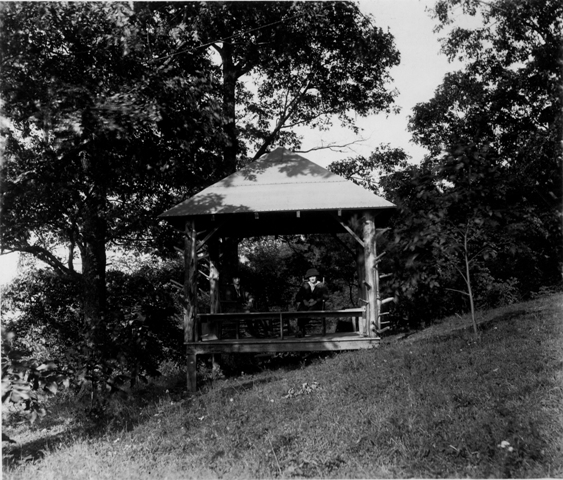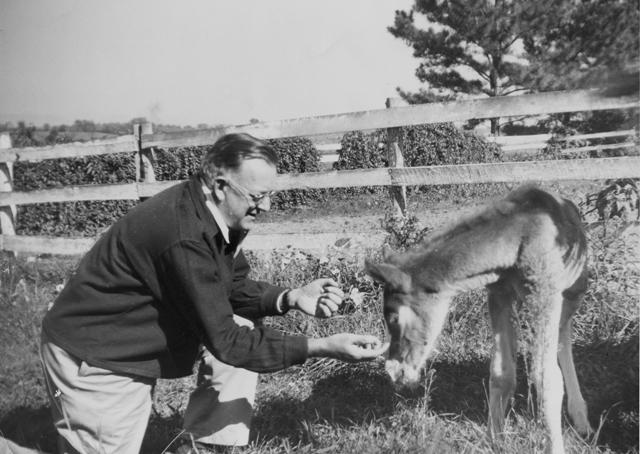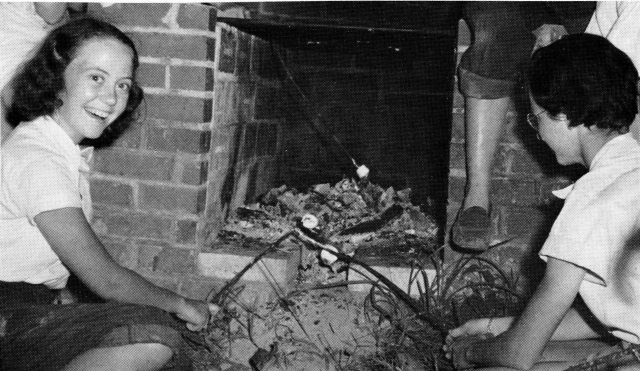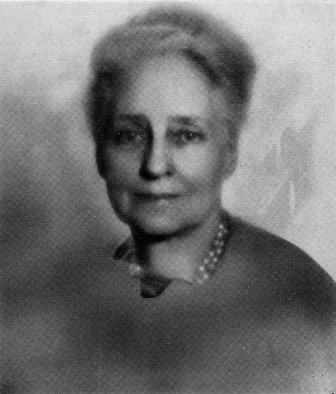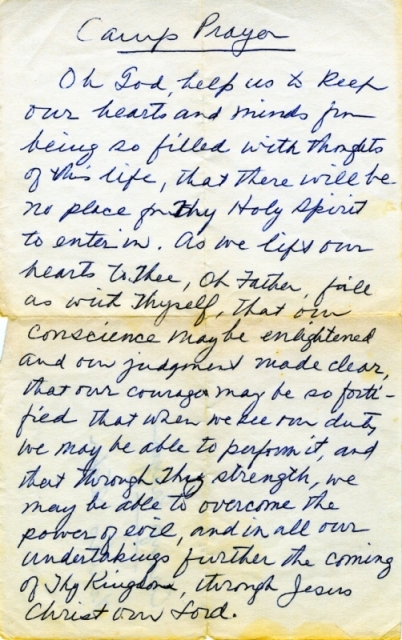Roanoke Times, August 13, 1950
The Southwest Corner
by Goodridge Wilson
Southwest Virginia has the oldest Camp for Girls in the United States, and it is only fifty years old.
Camping has been an integral part of the pattern of American life ever since Captain John Smith and associates camped out on Jamestown Island while getting sleeping quarters built. Come to think of it, those worthies of 1607 more likely than not slept aboard their little ships anchored in the river while the first Jamestown shelters were going up, but even so camping out in the open has been an important part of American living since the earliest days of white folks’ living in this land.
Hunters have camped out; men going fishing have camped out; travellers whether going by covered wagon or otherwise have camped along the way; the families, singly or in groups, have gone camping in tents, cabins, or brush arbors; there have been innumerable parties camping out for pleasure; camps for lumbering, mining, and all sorts of business purposes; camps for religious meetings; all sorts of camps from the beginning until now.
But apparently no one ever thought of a camp operated on a commercial basis for the purpose of inoculating girls with the out of doors virus that they might obtain the benefits inherent in this good old American custom. I am told that about fifty years ago two such camps were established in New England, but that the first to start anywhere in the United States was Camp Glenrochie, near Abingdon.
Its jubilee Year is to be celebrated with a banquet staged on or near the 17th of this month, when the fiftieth successive camp will close. Old campers of former years, among them Mrs. Churchill Gibson of Richmond, one of the four who constituted the first camp in 1901, will be on hand to recall happy days of fifty summers.
It is good to get in the company of cheerful, wholesome, and happy people, especially when the company includes some thirty-five happy little girls, bubbling over with the joy of living. It was my good fortune recently to get into that sort of company, on the steep side of one of the wooded “Knobs” south of Abingdon, when Mrs. Wilson and I accepted an invitation from Frank and Jean. They run Camp Glenrochie, where for forty-eight years all the girls have been calling him Frank, and for thirty-three years have been calling her Jean. Otherwise they are known as Dr. and Mrs. Frank R. Reade of Valdosta, Ga., where they make their home and where for fifteen years he was president of the Georgia State Woman’s College. For eleven years prior to that he was English professor at Georgia Tech; for several years before that an instructor in the Episcopal High School; and before that a student at the University of Virginia, where he acquired a Ph. D. degree, a Phi Beta Kappa key, and sundry other distinctions that are highly valued in the scholastic world.
Jean Cunningham, a little girl of Savannah, Ga., came to the camp in 1915. She came back for two more years as a camper, then as a counselor, and then kept on coming as Mrs. Frank Reade, but Jean to the Glenrochie girls and to most of the people of Abingdon who know her. It is said that Savannah had the first Girls Scout Troop in America and Jean was a member of it. While her husband was teaching at Georgia Tech she won the Women’s Golf Championship of the City of Atlanta. She, like her husband, is a grand person, one of that wholesome, happy, cheerful kind whose company is good.
Camp Glenrochie was started by Frank’s mother, Mrs. Willougby Reade, who was born and raised at “The Meadows”, one of the most spacious and noted of the historic ante-bellum homes of Southwest Virginia. The mansion in which she was born was built in the early nineteenth century, possibly by William King, one of the richest Southwest Virginias of his time, but I think it was built by Captain Francis Smith who acquired William King’s wealth by marrying his widow. Governor Wyndham Robertson married their daughter and made his home at “The Meadows”. It passed to the Governor’s son, Captain Francis Smith Robertson. The place is now the home of Dr. J. Coleman Motley, retired surgeon of the Johnston-Willis Memorial Hospital in Abingdon. The original house burned some years ago. Dr. Motley rebuilt, and I am told that his present home is much like the original, but smaller, lacking some rooms and a large porch in the rear that the old mansion had.
One of Captain Frank Robertson’s daughters married Willougby Reade, who taught English at the Episcopal High School for fifty-three years. Retired, he is now living with his second wife, the former Miss Nan Griffin, in Bedford. Mrs. Reade would visit her old home every summer, and in the summer of 1901 she started Camp Glenrochie in its back yard.
She erected a tent in the back yard of “The Meadows”, in which she put four girls. They were Louise and Nellie Bowman of Lynchburg, and Elizabeth and Gay Lloyd, daughters of Bishop Arthur Lloyd of Virginia and New York. All four of these first campers are now living, and at least one of them, Gay Lloyd, now Mrs. Gibson, is expected for the Jubilee Banquet. The girls of the first camp slept in tents in “The Meadows” back yard and had their meals in the house with the family.
In 1914 the camp was moved to its present location on the south side of “The Meadows” farm. It has a few simple wooden buildings—a screened in dining room, a social hall, an office, cabins that serve as sleeping quarters for Frank and Jean. The girls still sleep in tents, which are arranged in a semi-circle and pitched on wooden platforms that keep them dry. Comparatively level fields lie at the foot of the steep wooded “Knob” upon which the camp is built and beyond them stretches one of Southwest Virginia’s characteristic long distance views.
Camp sports include swimming, tennis, rifle shooting, and horse back riding, all supervised by well qualified instructors. The first instructor in horse back riding and in rifle showing was a Confederate officer who rode with J.E.B. Stuart as a member of his staff, Captain Frank Smith Robertson, grandfather of Frank R. Reade. The first instructor in tennis was Willoughby Reade, who in the first Virginia State Tournament was runner up to the Singles Champion, Wyndham White of Roanoke, and with him won the double championship. Dr. Willoughby Reade was camp director until 1947. Since then his son Frank has carried on.
Glenrochie girls attend church services in Abingdon on Sundays, which reminds me that the first recorded camp in Virginia history was an awning stretched between trees under which the sacrament of the Lord’s Supper was administered on Jamestown Island.
